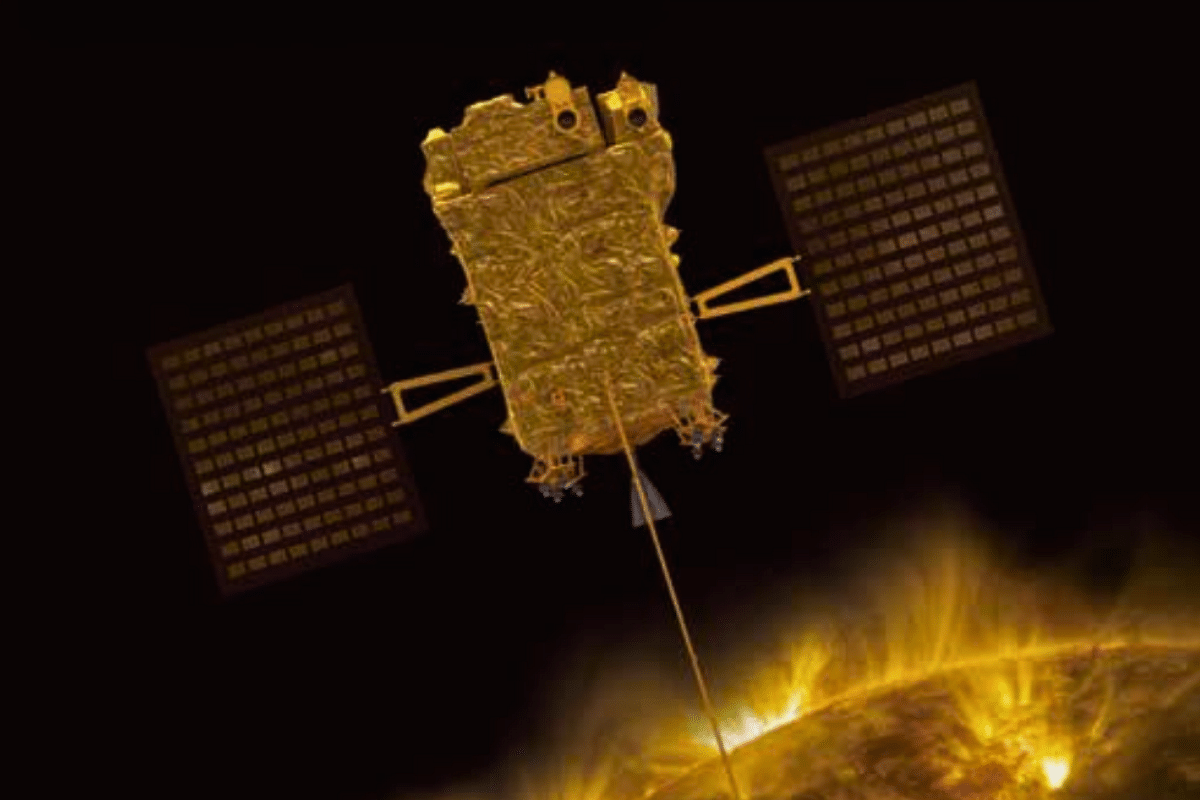Science
Aditya-L1: India's Solar Probe, Over 9 Lakh Kilometres Away And Counting, Is Out Of Earth's Sphere Of Influence

An illustration of the Aditya-L1 spacecraft after it has been deployed, depicted in an ISRO mission booklet
India's made-on-Earth, Sun-seeking spacecraft, Aditya-L1, has well and truly exited Earth's sphere of gravitational influence.
It is now headed firmly towards its destination — the Sun-Earth Lagrange Point 1 (L1).
The Indian Space Research Organisation (ISRO) provided this update on Saturday (30 September) on the social media platform X.
"The spacecraft has travelled beyond a distance of 9.2 lakh kilometres from Earth," ISRO said, "successfully escaping the sphere of Earth's influence."
"This is the second time in succession that ISRO could send a spacecraft outside the sphere of influence of the Earth, the first time being the Mars Orbiter Mission," the space agency added.
Aditya-L1 is making its way through space to the coveted L1 point.
L1 is a spot in space where gravity from the Sun and Earth balance the orbital motion of a satellite.
A spacecraft at this point stays in a fixed position relative to the Sun and Earth. It’s a kind of a gravitational sweet spot. Here, it doesn't take a lot of energy (fuel) to keep a spacecraft there (more about L1 here).
Still early days in its journey, Aditya-L1 has wasted no time in doing science.
In its 18 September update, ISRO said that a scientific instrument on the Aditya Solar Wind Particle EXperiment (ASPEX) had commenced the collection of scientific data.
The instrument in question is the Supra Thermal & Energetic Particle Spectrometer (STEPS).
STEPS is a high-energy spectrometre designed to measure high-energy ions of the solar wind.
The data it throws up can help scientists analyse the behaviour of particles around Earth, especially in the presence of the planet's magnetic field.
Support Swarajya's 50 Ground Reports Project & Sponsor A Story
Every general election Swarajya does a 50 ground reports project.
Aimed only at serious readers and those who appreciate the nuances of political undercurrents, the project provides a sense of India's electoral landscape. As you know, these reports are produced after considerable investment of travel, time and effort on the ground.
This time too we've kicked off the project in style and have covered over 30 constituencies already. If you're someone who appreciates such work and have enjoyed our coverage please consider sponsoring a ground report for just Rs 2999 to Rs 19,999 - it goes a long way in helping us produce more quality reportage.
You can also back this project by becoming a subscriber for as little as Rs 999 - so do click on this links and choose a plan that suits you and back us.
Click below to contribute.
Latest